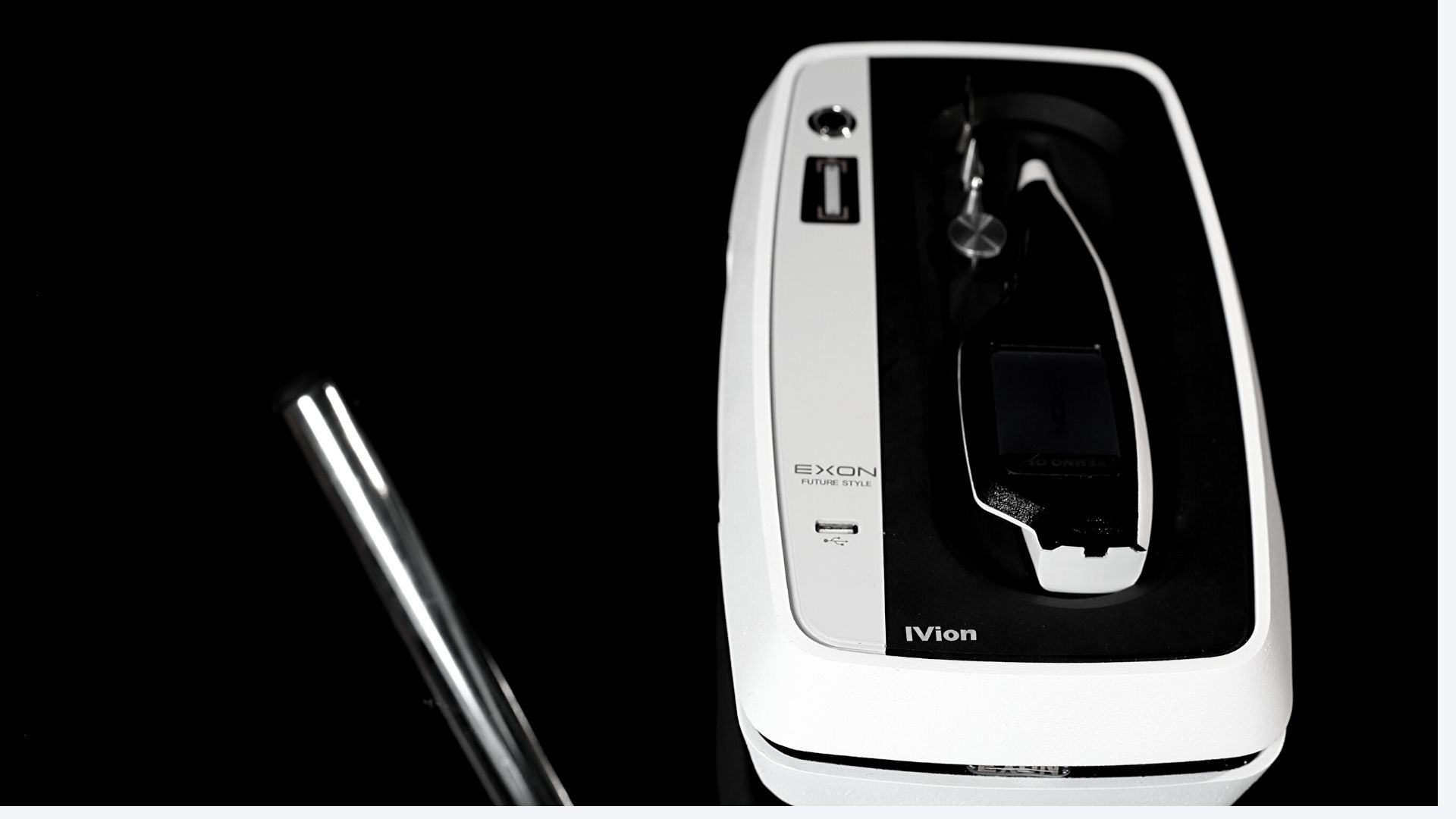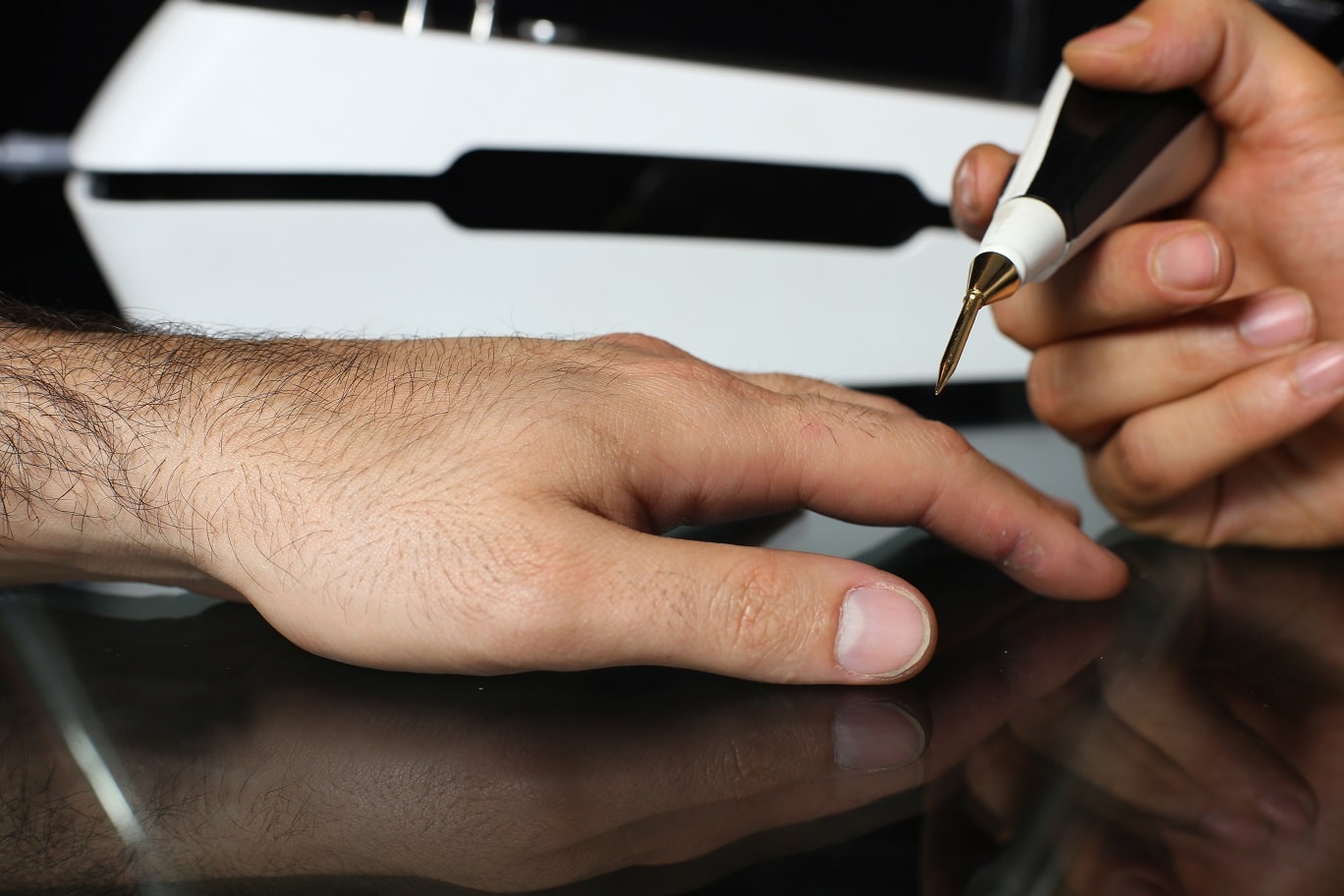An Introduction to Plasmatherapy and Some Tips
- Type: Free
Plasma therapy is a modern method for removing face wrinkles, treating pimples, eliminating acne scars, lifting the nose, reducing redness of the skin, and eliminating drooping eyelids and skin blemishes. This procedure is called non-invasive since it does not involve anesthesia or surgery. In this post, we will discuss the plasma therapy process and its drawbacks, as well as the elements that influence the price of the plasma therapy device.

What Is a Plasma therapy Device?
A plasma therapy device is a gadget that uses unique needles to treat skin issues in all sections of the face and body, as well as erase wrinkles and scars and relax the skin with little damage. This gadget is used to burn small patches on the skin surface over a short distance without leaving any scars. Plasma therapy includes the evaporation of the skin's underlying layers, which causes the skin to lift and shrink over time.
Plasma, which is formed when a gas is heated, is considered the fourth state of matter. The plasma therapy device turns the solid-state of the skin membrane into a gas, which then stimulates the cells, regenerates and restores the tissues in the targeted location, and replaces old skin cells with new skin cells. Furthermore, by reaching the subcutaneous layers, this device will aid in skin renewal and regeneration.
How is Plasma therapy Performed?
Plasma therapy will be conducted under local anesthetic rather than general anesthesia. This takes anything from ten minutes to an hour to complete. Of course, the length of time required is dependent on the size of the area to be treated. The individual will feel heated after commencing this treatment, particularly in thin parts of the skin, such as around the eyelids. The doctor uses this rejuvenation approach by holding the device's tip at a distance of 1-2 mm from the skin's surface, allowing plasma particles to strike the treatment area and produce the necessary alterations. Keep in mind that if the device's tip comes into contact with your body, your skin may be damaged. In most cases, numerous therapy sessions are required to effectively address the condition and reach the intended outcome. If the wrinkles around your eyes are fine and low, and their depth is not significant, 1-2 sessions of treatment should be sufficient.
How Long Does Skin Rejuvenation with Plasma therapy Last?
The plasma therapy outcomes may be affected by factors such as the physician's specialty and competence, as well as the kind of equipment used. In this respect, the kind of skin, the method employed, the number of treatment sessions, and the aging process of the skin all have a role. The kind of skin disease and the location of the procedure are other critical considerations. The effects are permanent in some situations, but the imperfections will reappear 1-3 years after using this approach in others.

Does Plasma therapy Have Drawbacks?
Plasma therapy is a low-risk procedure when administered by a physician who is well-versed in its application. The following are some of the issues associated with this method:
- This procedure will result in a scaly patch on the skin for 7-10 days after application.
- This procedure causes the skin to become red and swollen for around 2-3 days; however, this side effect may last for a longer period of time in the eye region.
- Pain and itching in the afflicted region are some of the additional side effects of plasma therapy treatment.
- Another consequence of plasma therapy is the transmission of infection and the alteration of skin pigmentation.
The creation of scales, which vary in size depending on the size of the mole, will be seen after one to two weeks if you choose to employ plasma therapy for mole removal. It should be emphasized, however, that the adverse effects of this procedure may be exacerbated if the plasma device is utilized wrongly by those who are not competent in doing so.
What exactly is the purpose of plasma therapy?
Plasma therapy, which is one of the most cutting-edge procedures of skin rejuvenation, has the potential to reduce facial discomfort and wrinkles. This approach is now gaining a lot of interest because of its long shelf life, rapid recovery, and lack of side effects, which are almost nonexistent. The uses of this method will be discussed in further detail in the sections that follow.
- Plasma therapy is a technique that may be used on many parts of the face, including the eyes, to improve the appearance of drooping eyelids.
- Skin conditions such as open pores, skin blemishes, aging warts, freckles, scars, tattoos, and acne are treated with plasma therapy, as are other skin ailments such as eczema and pigmented spots, as well as pimples and acne scars.
- Lip augmentation, facial skin lift, skin drooping in the upper navel and buttocks, and the eradication of skin wrinkles on the neck and face are some of the additional uses of plasma therapy.
- This method may be performed to elevate and shorten the nose in certain cases, particularly if the risk of rhinoplasty is significant in the patient.
It's worth mentioning that plasma therapy isn't particularly successful at treating severe saggings, and in these circumstances, this treatment will only help to improve the overall situation. The same is true, of course, for the eyelid. Plasma therapy may be used to repair a drooping eyelid if the drooping eyelid is moderate or mild.

Factors affecting the price of plasma therapy device
Without a doubt, the price of beauty equipment may influence the kind of device used, and the plasma therapy device is no exception. The cost of a plasma therapy device is determined by the device's kind of application, model, frequency, and output power. Dear consumers, you may find pricing information for several models of this device on the website of Exon Knowledge-Based Company, which specializes in medical device and equipment manufacturing.
 Tecar
Tecar Shock Wave
Shock Wave Plasma
Plasma Laser
Laser Tesla
Tesla Nikola
Nikola Kayser
Kayser Fusion
Fusion





